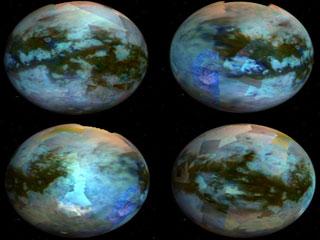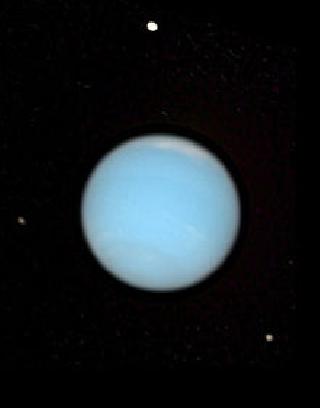
Global mosaic of Visual and Infrared Mapping Spectrometer (VIMS) images acquired during the nominal and equinox Cassini mission. Photo: JPL/ NASA
WASHINGTON (BNS): Astronomers have created striking mosaic of Titan's surface using infrared images taken by the Visual and Infrared Mapping Spectrometer (VIMS) aboard NASA's Cassini spacecraft.
Saturn's largest moon, Titan, has shown surprising Earth-like geological features when astronomers complied the images taken by the NASA spacecraft Cassini.
The researchers used images that were taken during the Cassini mission's first 70 flybys of Titan.
According to Space.com, Cassini was orbiting Saturn and not Titan and astronomers were able to observe Titan only once a month on average.
"The surface of Titan is therefore revealed year after year, as pieces of the puzzle are progressively put together. Deriving a final map with no seams is challenging due to the effects of the atmosphere - clouds, mist etc. - and due to the changing geometries of observation between each flyby," the website quoted Stéphane Le Mouélic, of the University of Nantes as saying.
Cassini arrived in orbit around the ringed planet in July 2004, and since then it had made 78 flybys of the planet's largest moon Titan.
 Previous Article
Previous Article Next Article
Next Article













The Indian Air Force, in its flight trials evaluation report submitted before the Defence Ministry l..
view articleAn insight into the Medium Multi-Role Combat Aircraft competition...
view articleSky enthusiasts can now spot the International Space Station (ISS) commanded by Indian-American astr..
view article